Originally published for Bitch Flicks as part of their ‘Female Gaze’ theme week, 26th August 2015.
With their starry eyes, cutesy costumes, Barbie-esque features, and catchphrases overflowing with dreamy positivity, the magical girls of the shojo (girls) genre of anime might not seem like the most feminist of heroines upon cursory glance. Yet, the plucky sorceress’ of such cult classics as Sailor Moon can be seen as emblematic of a counter-movement of female action heroes in Japanese culture – the antidote to the hyper-masculinity of the shonen (boys) genre.
This assessment by no means disregards the problems of the magical girl genre – glorification of the traditionally ultra feminine, fetishisation and infantilisation. Shojo characters with their typically doe-eyed innocence can be easily corrupted to cater to a specific male fantasy of virginal femininity. However, the work of the all-female team of manga/anime creators known as ‘CLAMP’ not only combats these issues, but also, as Kathryn Hemmann in The Female Gaze in Contemporary Japanese Culture writes, “employs shojo for themselves and their own pleasure.”
I became a fan of CLAMP – like most people of my age – in the 1990s. As a child, my introduction to the wonderfully weird world of Japanese cartoons consisted of the standard diet for most children of that era: Pokemon, Yu-Gi-Oh! and Dragon Ball Z. Imported, dissected, re-dubbed, and re-packaged to suit the tastes of a western – and more specifically – male audience. But amongst the shouts of “Gotta Catch ‘Em All!” and “Kamehameha!” there was one show that really left a lasting impression on me. It was about a little girl gifted with great power through capturing and using magical ‘Clow’ cards. She wasn’t muscly; she wasn’t self-assured; and she certainly wasn’t male. She was Sakura Kinomoto, the show was called Cardcaptors (Cardcaptor Sakura in it’s original Japanese format), and it was my first exposure to both CLAMP and the magical girl or ‘mahou shoujo’ genre they helped to popularise.
Like most adolescent heroes, Sakura seems hopelessly ill-equipped to begin with, and yet her sheer determination to achieve her full potential sees her through to becoming a magical force to be reckoned with without ever surrendering her loving personality. Rather than conforming to the ‘strong female character’ stereotype that implies that women must act more masculine to achieve truly equal footing with male action heroes, Sakura’s power stems from traits considered more conventionally feminine: love, empathy, and pureness of heart. Even her wardrobe changes into unapologetically girly battle outfits aesthetically reinforce CLAMP’s refusal to bow to a male audiences’ preferences.
These themes of romance and friendship are a core part of the story development and instrumental in the viewer’s investment in the characters. Through Cardcaptor Sakura, CLAMP explores the complexities of both platonic and romantic female love – both heterosexual and homosexual – from an almost exclusively female perspective. In almost soap opera-esque melodrama, Sakura pines for her older brother’s best friend (who unbeknownst to her, is also his love interest) as Sakura’s best friend Tomoyo pines for her. Tomoyo, who lives a rich and sheltered life in a female-centric household, seems to live vicariously through Sakura. Upon discovering her secret heroics at night, she begins to capture Sakura’s adventures on camera and even provides her with her signature battle costumes, which cause Sakura huge embarrassment. Yet, at the risk of hurting her friend’s feelings, she grudgingly wears them anyway.
As the show develops, we are shown more and more just how deeply Tomoyo’s feelings run. In episode 11, Tomoyo gives Sakura a rare tour of her impressive mansion home, including a cinema room in which she confesses that she watches her recordings back of Sakura in battle constantly. It seems that Tomoyo is as much a part of the audience to Sakura’s life as we – the viewers – are. It also strikes me that this obsessive behaviour might translate entirely differently if Tomoyo were male.
Tomoyo’s idolisation of Sakura is far from veiled, and yet it is not revealed to be unmistakably romantic until Episode 40, in which Sakura must capture a Clow card that makes people dream about their hidden desires. Sakura, Tomoyo, Syaoran Li (Sakura’s rival and male love interest) and his cousin Meilin visit a fun fair. Sakura and Meilin team up to play a Whack-A-Mole game and Tomoyo – as usual – picks up her camera to film Sakura in action. Suddenly, the Clow card appears in the form of a glowing butterfly and lands on Tomoyo’s shoulder. Tomoyo falls into a dream sequence, in which we see her deepest desire play out through her eyes. On a pink background of falling cherry blossom, copies of Sakura dressed in Tomoyo’s outfits call her name and dance playfully around her. We are shown a shot of Tomoyo’s face – staring in awe at first, and then relax into a smile. ‘I’m so happy!’ she says to herself, and runs towards the dancing copies of Sakura – still filming.
It seems like an odd moment to be sexually awakened – watching your crush play a ‘Whack-A-Mole’ game at a fun fair – and perhaps if the show had been targeted at a more mixed audience (or the characters were older) this moment might have been filled with more obvious sexualised content. But through Tomoyo’s own eyes, CLAMP visually summarise the complex feelings of romance, admiration, obsession, and innocent love she feels for her best friend. Not only this, but as Sakura dances continually out of Tomoyo’s physical reach, the implication becomes one of wanting something you know you can never have. Tomoyo knows by now of Syaoran’s feelings for Sakura, and like a true friend, encourages their romance for the sake of Sakura’s happiness rather than her own.
This ‘doomed’ romance trap seems to be a family curse, as we discover in episode 10 that Tomoyo’s mother appeared to also be hopelessly in love with Sakura’s mother (who happens to also be her cousin). Similarly, Sakura’s mother didn’t return her cousin’s feelings as she was in love with an older man (Sakura’s father) in the same way that Sakura is attracted to Yukito – an older boy. Both mothers are absent from their lives – Sakura’s mother through death, and Tomoyo’s through continual business trips – yet their daughters seem fated to play out their romantic histories.
Suffering from a bout of nostalgia, I decided to revisit the show as an adult, first in it’s Americanised form, and then the original Japanese version to compare the differences. I was shocked to discover that in an effort to make the show fit the perceived needs of their rigidly defined demographic of young boys, the executives at Kids WB had hacked all elements of ‘toxic’ feminisation from it – romance, homosexuality, and the agency of Sakura has a protagonist (even her name is removed from the title) – dramatically reducing the series from 70 to just 39 episodes. In fact, if they had been able to “maximise” their cuts, the show would reportedly have run for merely 13 episodes. In other words, there was a concerted effort to twist the female gaze into a male one under the belief that CLAMP’s blend of hyper-femininity and action would be unappealing for the male audience it was being sold to. In Japanese Superheroes for Global Girls, Anne Allison quotes this from an executive from Mattel, “[…] In America, girls will watch male-oriented programming but boys won’t watch female-oriented shows; this makes a male superhero a better bet.”
Whilst moaning about all this to my partner recently, I asked him if he had watched the dubbed version of the show as a child. He said that he had, but didn’t realise until he was older that the show had probably been intended for girls. I asked him if he remembered being turned-off that the show’s hero was a little girl as opposed to the ultra-masculine characters of his favourite childhood anime, Dragon Ball Z. His answer totally undermines Mattel’s assumptions about the show’s gender appeal: “I thought Sakura was really cool. In fact, I loved her so much I begged my mum for roller-skates that Christmas so that I could skate around to be like her.” Even more affirming than this is the fact that whilst the dubbed version of the show ended up being cancelled, the original Japanese one ran to its intended conclusion; spawned two films; and inspired two spin-off series’ using the same characters – Tsubasa: Reservoir Chronicle and xxxHolic.
Sadly, by ‘butching’ Cardcaptor Sakura up to be squeezed into the TV schedule alongside Pokemon and Dragon Ball Z, western children were deprived of the tender and emotionally complex storytelling and character development behind all the magic and swordplay – and even from getting a satisfying ending to the show. It seems that whilst Japanese children are considered mature enough to deal with female superheroes, complex pre-pubescent emotions, and LGBTQ+ representation from a female perspective, western children are unfortunately not treated with the same respect or intelligence.
iwantedwings (aka Hannah) is a freelance writer, artist, anime-nerd, and Britney Spears apologist based in the UK.

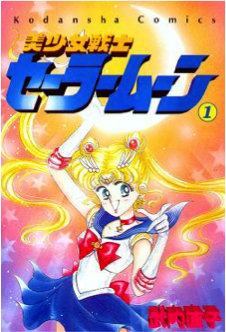
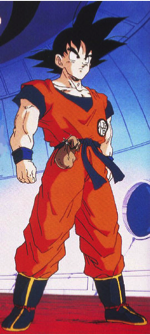
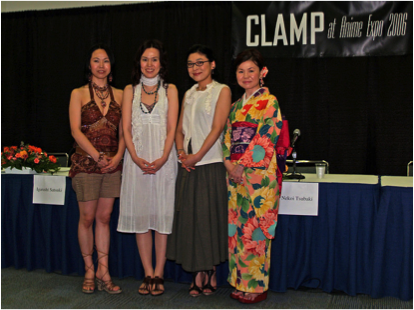
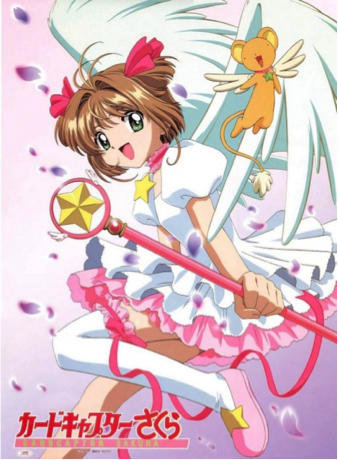
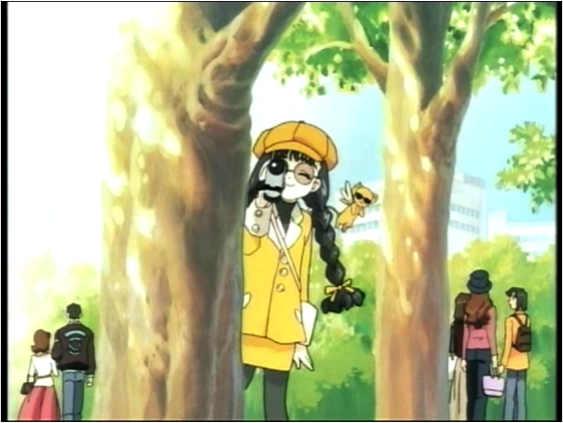
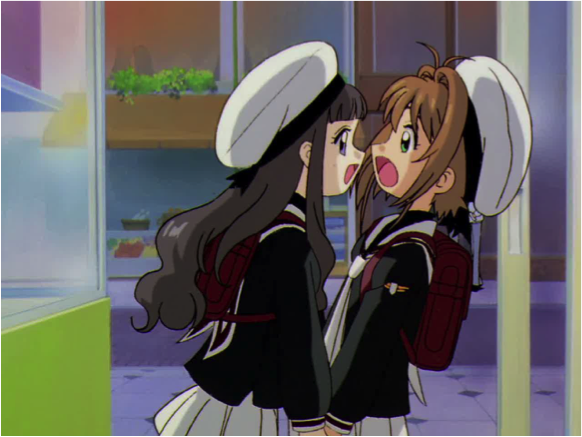
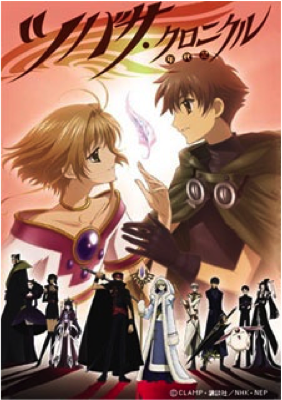
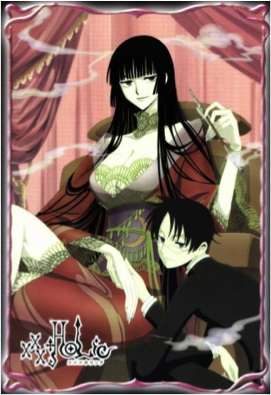
Great piece! We often times forget that Sailor Moon wasn’t the only anime geared towards girls in the 90’s. I remember Cardcaptors often had a rough time with constant time changes for cable television and the edits you mentioned. Still it is a show I know many anime fans today credit as one of their favorites because of the points you mentioned.
LikeLiked by 1 person
i like it
LikeLike
Reblogged this on 楽 and commented:
いい記事です。
LikeLike
I’m happy that i got to experience in my country the real Card Captors Sakura with not even 1 single censored scene and I loved it and still love the anime up today, and not a single time i wondered why a boy liked another boy (syaoran and yukito) or why a girl liked an older guy (sakura’s friend and the professor) I just watched it and I liked it, guess all the prejudices are aquired throw society
LikeLike
Excellent article!
Please keep in mind, though, that the USA is not the West as a whole. Cardcaptor Sakura was given an uncensored dub where I’m from.
LikeLike
With shows like this, I wouldn’t understand that they were meant for a particular gender until years (or decades) later. In both Cardcaptors and Sailor Moon, I was drawn to the mysticism balance of personal lives and heroics (I look for the same thing in Western comics), and the art style. I love art nouveau which was a big inspiration for Clow Reed’s card illustrations, and the designs for the card manifestations and costumes looked like some spectacular type of haute couture fashion.
As a teen, I had a crush on Miss McKenzie and the humanized manifestation of the Snow Card. I recently saw all the dubbed episodes, and am being the CLAMP books. I’m hoping that there are lithographs available of the panel where the Watery Card is shown frozen.
Personally, I’ve always had a particularly strong feminine side for a guy, so I may not be the normative. As a teen, I liked early seasons of Pokémon and Digimon, along with Monster Rancher, Cardcaptors, and some Gundam. I didn’t really care for Dragon Ball Z or much of Adult Swim. In college, I got interested in Witch Hunter Robin, IGPX (Immortal Grand Prix), and some of the Animatrix. Since college, I’ve watched the original Ranma 1/2 and some of the more recent Gundam while I’ve begun building the Bandai Gundam models again.
For subjects outside of manga and anime, I’m a mixed bag for interest in what’s stereotypically masculine or feminine. Gail Simone’s first run with Birds of Prey with Joe Casey’s Uncanny X-Men. Marjorie Liu’s Astonishing X-Men with Scott Snyder and James Tynion IV’s Batman. Anything by Grant Morrison, with anything by Ann Nocenti, and a heaping helping of Grant Morrison’s writing.
LikeLike
My niece watched Cardcaptors, and her dad and/or I often watched it with her.
I remember her telling me that in Japan it was much clearer that Sakura’s friend was in love with her. And that the guy Sakura had a crush on was interested in her brother.
God bless anime, manga, and the internet. They helped us raise a girl who found it totally normal that some girls love girls and some boys love boys, and some boys like to dress like girls and some boys want to BE girls.
I think those TV executives misread the signs. I once tead a great interview with an executive from Warner Brothers’ video game division where he frankly explained why licensed game are often terrible. Basically, with a regular game if you spend X dollars making it better you will get Y dollars in increased sales, but a game with Superman in it is going to sell a bunch of copies just because Superman is in it, so the return on making it better is much lower. That money will get a better return on investment if you put it in a different game.
This phenomenon has led to a certain laziness in some creative people. Like “this Christian record is going to sell a million copies just because it’s a Christian record. Why bother making it good?”
So they guys making TV shows for kids said “let’s make one for girls. Nobody else is doing that, so we’ll get all the girls watching.” And then they said “since the girls will watch because it’s the only show aimed at them, why bother making it good?”
Boys didn’t avoid girl-targeted shows because they were girly, they avoided them because they were terrible.
LikeLike